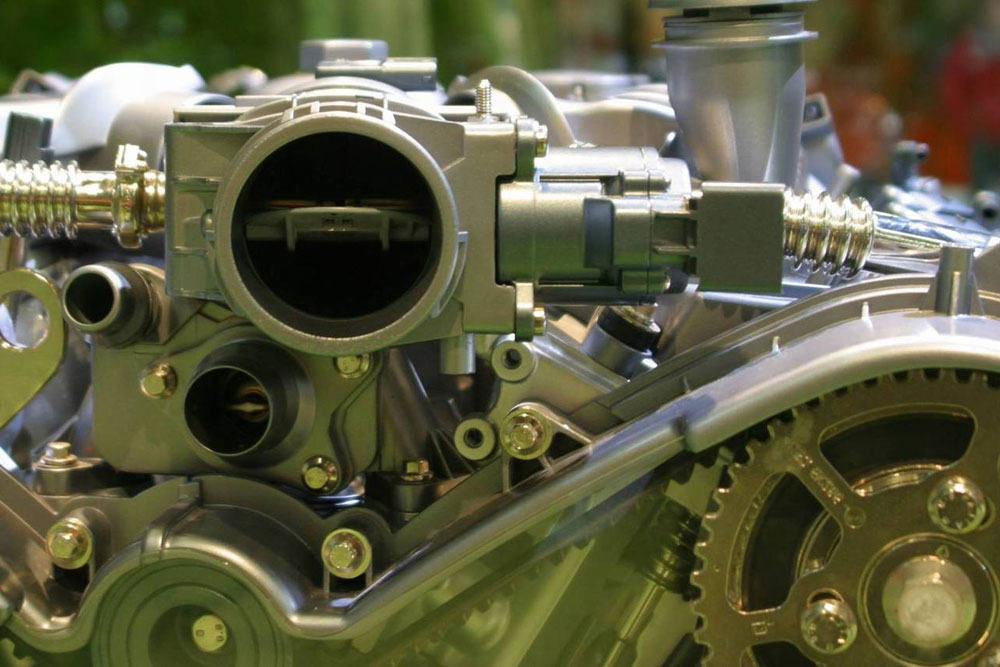Diesel tractor engines have several advantages over their gasoline-powered counterparts. A diesel engine does not have the spark plugs, rotors or even a carburetor as a gasoline tractor does. This means less parts to wear out. These engines also offer better fuel economy. However, as with most heavy equipment, problems and breakdowns can and do occur. There are a few basic troubleshooting steps to check out before calling in a diesel mechanic for an expensive visit. Step 1: Remove the fuel filter and clean it if the engine will not turn over or start. Leave the filter off and switch on the valve to see if there is a normal flow of fuel. Clean the fuel supply hose and tank if little or no fuel comes out. Step2: Clean the battery connection if the engine will not turn over. Remove the negative (-) or ground cable first, then the positive (+) cable. Clean the posts and cables with a pocket knife. If the cables are damaged or split, it might be a good time to replace them. Replace the battery, starting with the positive cable then the negative one. Secure all connections tightly. Step3: Check the radiator if the engine is overheating. Blow the radiator fins thoroughly with compressed air, being careful not to bend the metal fins. Do not use tap water to fill the radiator. Always use a 50/50 mix of distilled water and antifreeze or coolant. Do not use antifreeze alone. Step4: Smell the fuel tank for any odor of gasoline if the engine tends to run for awhile then die. Drain and flush your tank immediately if you do detect gas. Replace with diesel fuel. Check for any obstructions in the tank that could be blocking the flow of fuel to the engine. Step5: Check the injection pump for a jammed fuel control lever if the engine cranks over but will not start. This could mean that fuel is not getting to the injectors. Trace the manual engine stop rod to the end of the injection pump. Push on the rod so that it engages in the “start” position. If the lever on the injection pump does not follow, push it into the “start” position manually. Use lubricating oil to free it up fully.







